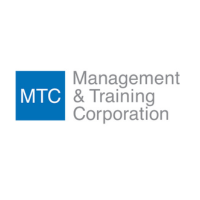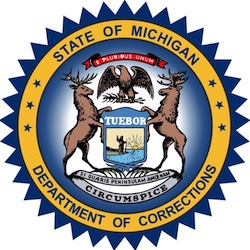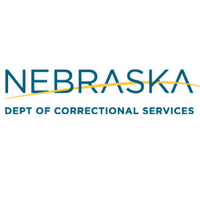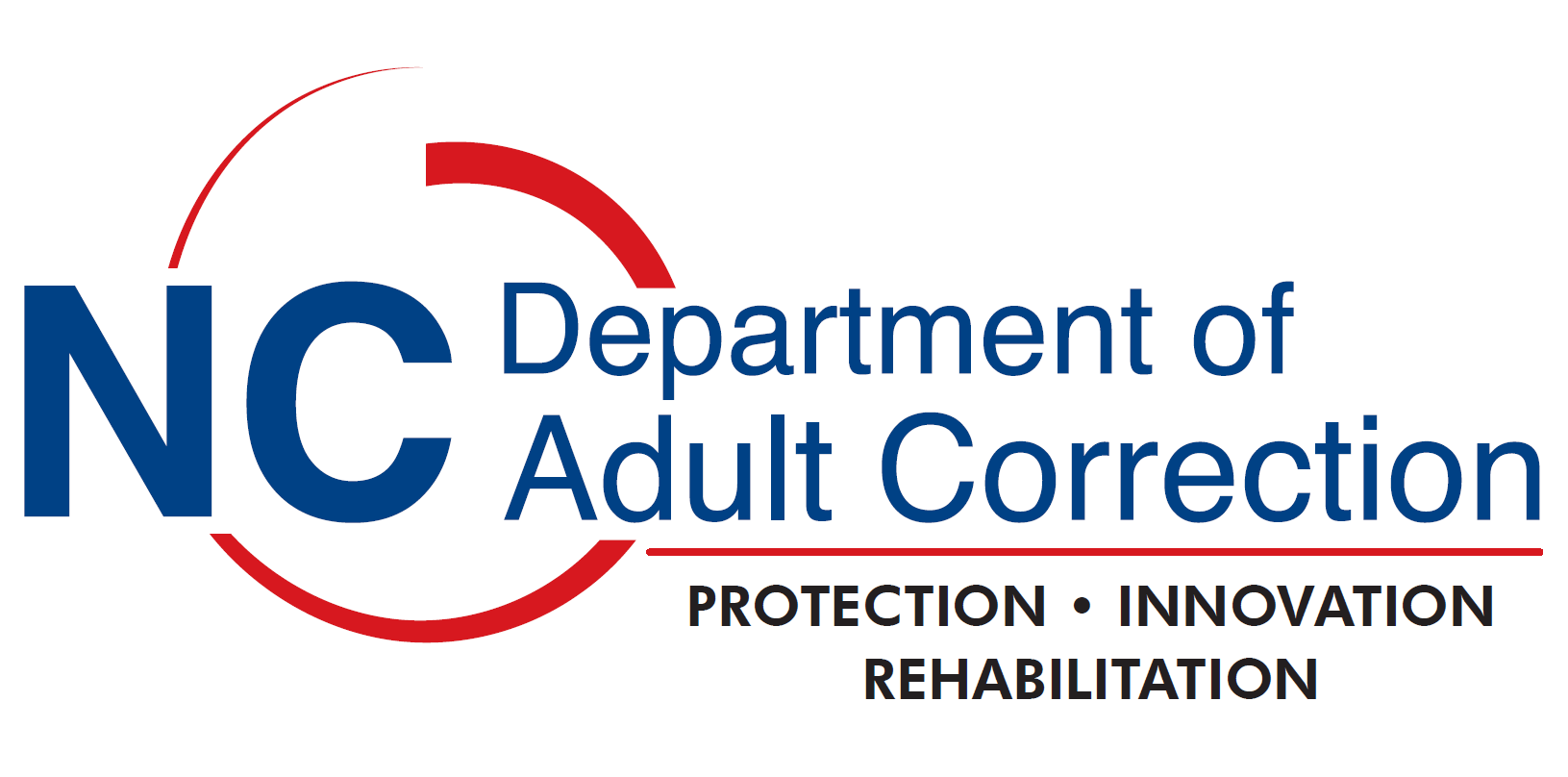|
Guiding Principles for the Support of and Commitment to Staff Wellness January 2022
Purpose: The Correctional Leaders Association (CLA) has long recognized the importance of promoting staff wellness to achieve the vision and mission of corrections agencies. The CLA Staff Wellness Committee seeks to promote and improve the health and well-being of our correctional professionals' lives through health education and workplace health promotion activities that will support positive lifestyle changes. "Wellness" can include the following things and much more: work environment, physical fitness, nutrition, mental health & stress reduction, spiritual needs, social interaction, crisis intervention, chronic disease management, financial security, disease & injury prevention, generational workforce issues, family health, and childcare & caregiver concerns. These guiding principles provide member agencies with a framework to assist in developing goals, practices, and policies that support and encourage staff wellness at all levels. CLA recognizes that each jurisdiction has specific issues that guide, direct, and impact their efforts to promote staff wellness. CLA seeks to elevate the importance of addressing staff wellness, recognizing how it is foundational to operating healthy, safe, and secure correctional systems.
Guiding Principles: 1. Supportive culture and values: Creating and maintaining a healthy and productive work environment requires a supportive and inclusive culture that clearly values employees and is trust-based. Ideally, the process of creating a healthier organization should be designed to strengthen trust, which is the bedrock of a positive culture. 2. Evidence-based: Build a strong business case for action (and document the costs of inaction) by mining your HR data. What do exit interviews, absenteeism, lost time injury, long-term disability, health benefit utilization, and employee survey results tell you about the overall wellbeing and performance of your workforce? Measure and assess the effectiveness of programs implemented as staff wellness initiatives. Collaborating with external research partners may be beneficial. 3. Leadership: Commitment from top management is critical and must take the form of visible leadership on health, safety and wellbeing issues. Employees judge commitment by the actions of the CEO and the executive team and look for their active engagement in wellness initiatives. Wellness leadership must be modelled throughout the organization, especially by managers and supervisors. 4. Broadly define health: Good mental and physical health entails more than diet and exercise, and the absence of illness, injury, and disease. It also means leading a balanced life, developing one’s potential, feeling engaged at work and contributing to corporate goals. It should include building a work culture that provides safe ways for teammates to share concerns and ask for help. Find an encompassing definition of wellbeing that fits your organization’s strategy. 5. Involve employees: Direct employee involvement in all stages is critical to success. Implementing a healthy workplace strategy requires an integrated approach, guided by teams that include representatives from employees, management, health and safety, and human resources. This requires treating wellness initiatives as a part of the regular workload, rather than an additional duty. Above all, empower front-line employees to ‘own’ their wellness goals and to be change agents for wellness. 6. Link to strategic goals: Clearly link health issues and outcomes to the organization’s strategic goals. Integrate health and well-being objectives into the organization’s business planning process, so that over time, all management decisions take employee wellbeing into account. 7. Ongoing resources: Allocate resources that ensure continuity to healthy workplace actions. Provide training, especially to managers at all levels, to sustain the initiative and embed health into how the organization operates. Ensure that managers have time to make employee wellbeing a priority. Explore the use of peer-support teams and other approaches that utilize existing resources to build a wellness culture. 8. Communicate: Open and continuous communication is a key success factor in any organizational change initiative, and wellness is no different. Communication should be multi-channel and include regular reminders of available resources and corporate commitments to employee health, safety and overall wellbeing. 9. Training and education: Address staff wellness during on-boarding training, and in annual in-service training. Provide access to on-line resources, community resources, and publications that help engage everyone in conversations about the importance of taking care of ourselves and each other. 10. Physical environment: Identify and implement improvements to existing physical plants that support staff wellness. Dedicated staff wellness spaces, colors, natural light, and furnishings are ways of improving the physical environment. New design/construction should include a commitment to environmental design that addresses the needs of both the incarcerated population and staff. Thoughtful investment in environmental design will directly contribute to staff wellness and improve safety and security in correctional facilities.
|































































































































